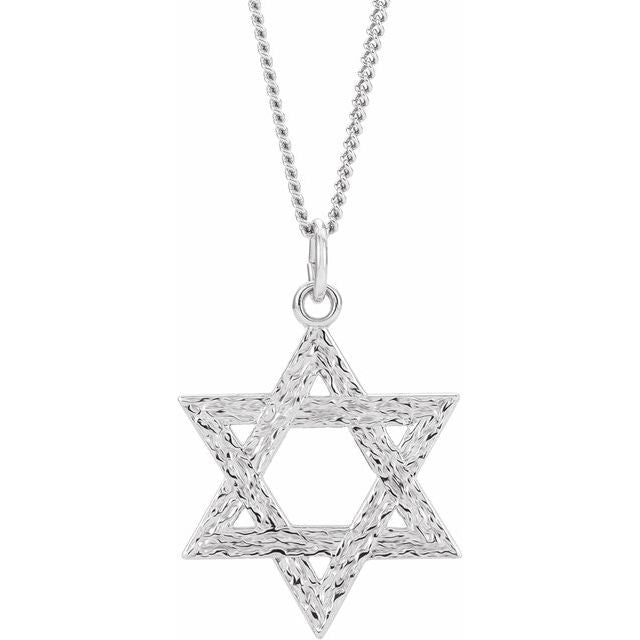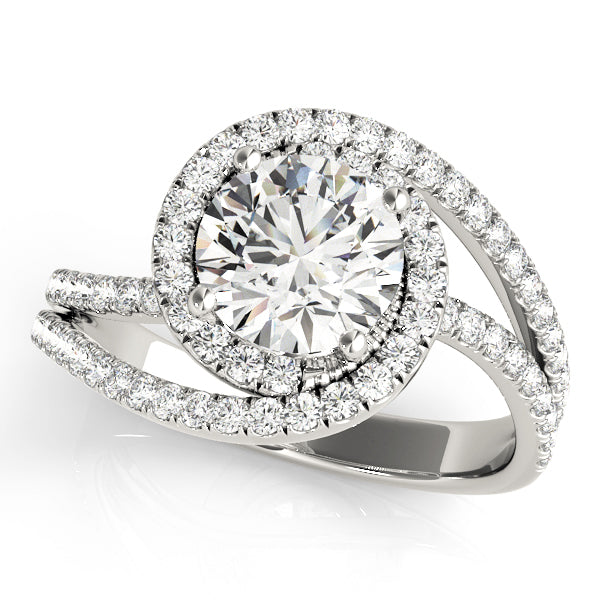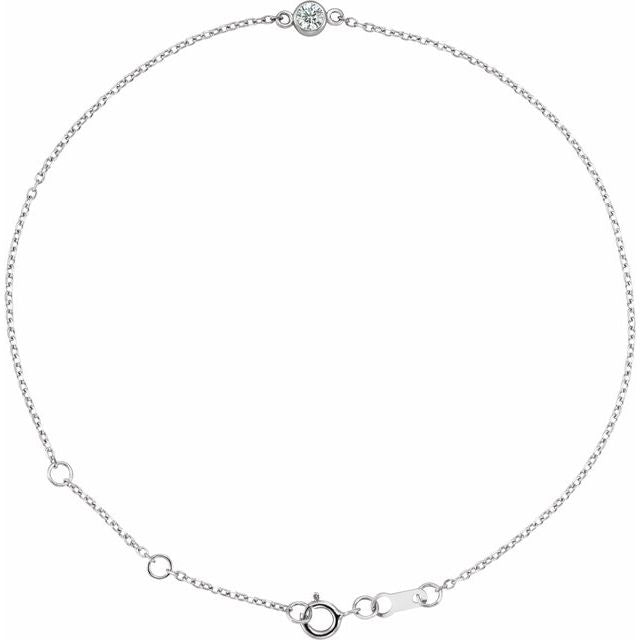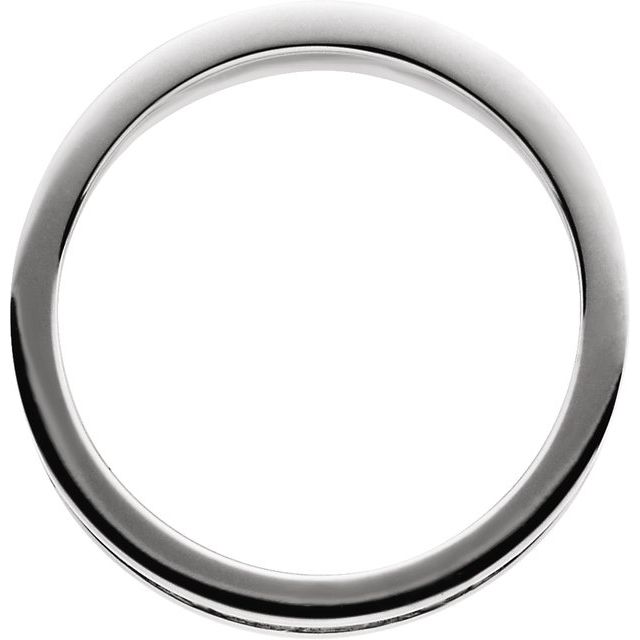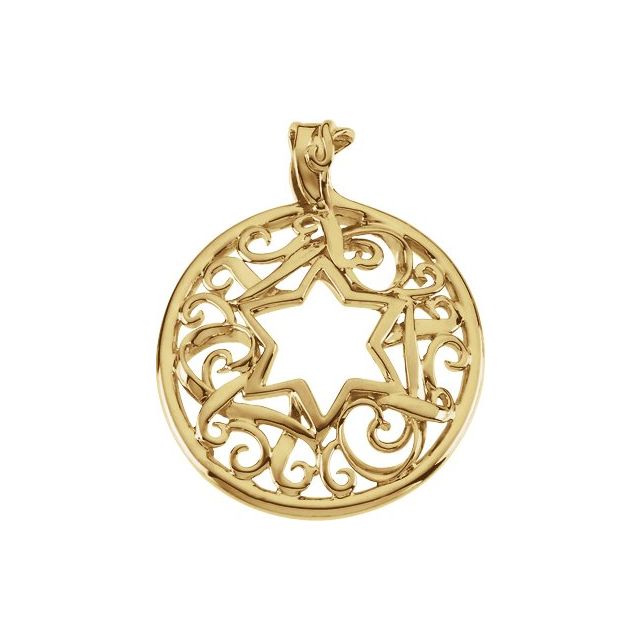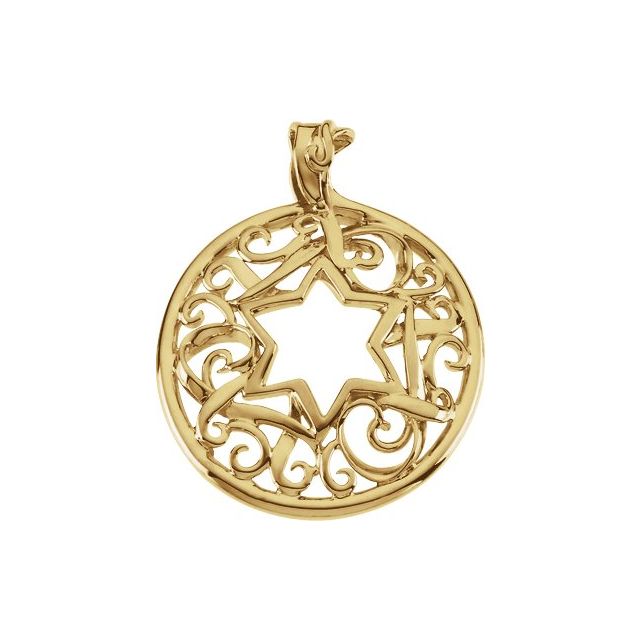Jewelry has adorned human bodies for millennia, serving as symbols of status, expressions of personality, and cherished accessories that complement our daily attire. Among the most versatile and popular jewelry pieces are bracelets, which have evolved from simple adornments to sophisticated fashion statements. When it comes to selecting the perfect bracelet, two classic metals consistently dominate the market: gold and silver.
According to recent jewelry industry reports, bracelets account for approximately 18% of all fine jewelry purchases worldwide, with gold and silver pieces representing over 70% of that market share. This enduring popularity isn't surprising—both metals offer timeless appeal, versatility, and a range of price points to suit various budgets.
But how do you decide between gold and silver? Is one objectively better than the other? What factors should influence your decision? This comprehensive guide will walk you through everything you need to know about gold versus silver bracelets, from their composition and value to style considerations and care requirements, helping you make an informed choice that you'll be happy with for years to come.
Understanding Gold Bracelets
Composition and Purity
Gold bracelets aren't typically made from pure gold (24K), which is too soft for everyday wear. Instead, they're alloyed with other metals like silver, copper, and zinc to increase durability. Common gold purities include:
-
10K Gold: Contains 41.7% pure gold, offering good durability at a lower price point.
-
14K Gold: Contains 58.3% pure gold, providing the most popular balance between durability and gold content.
-
18K Gold: Contains 75% pure gold, offering a richer color with reasonable durability.
-
22K Gold: Contains 91.7% pure gold, featuring vibrant color but less durability.
According to the World Gold Council, 14K gold represents approximately 63% of gold jewelry sales in the United States, making it the most popular choice for everyday gold bracelets.
Color Varieties
Gold bracelets come in several color options, each with distinct characteristics:
-
Yellow Gold: The traditional gold color, achieved by alloying gold with silver and copper.
-
White Gold: Created by mixing gold with white metals like palladium or nickel and often plated with rhodium for brightness.
-
Rose Gold: Formed by alloying gold with copper, giving it a warm, pinkish hue.
-
Green Gold: Less common, created by increasing the silver content in the alloy.
Recent market trends show rose gold gaining significant popularity, with sales increasing by approximately 35% between 2017 and 2022, according to jewelry industry analyses.
Benefits of Gold Bracelets
Gold bracelets offer several advantages that have sustained their popularity through centuries:
-
Value Retention: Gold has historically maintained its value, often appreciating over time. Fine gold bracelets can be investment pieces.
-
Hypoallergenic Options: High-karat gold (18K and above) contains fewer alloy metals, making it less likely to cause skin reactions.
-
Versatility: Gold's warm tones complement virtually any skin tone and outfit.
-
Symbolic Significance: Gold's cultural and historical importance makes it a meaningful gift for special occasions.
-
Durability: When properly cared for, gold bracelets can last for generations.
Drawbacks of Gold Bracelets
Despite its many benefits, gold has some limitations:
-
Price: Quality gold bracelets represent a significant investment, with prices starting around $300 for simple 14K designs and reaching thousands for elaborate pieces.
-
Maintenance: Gold can scratch and requires regular polishing to maintain its luster.
-
Weight: Gold is denser than silver, making equivalent designs heavier to wear.
Understanding Silver Bracelets
Composition and Purity
Silver bracelets are typically made from sterling silver, which contains 92.5% pure silver and 7.5% other metals (usually copper). This alloy, stamped as "925," balances silver's natural softness with the durability needed for jewelry.
Other silver compositions include:
-
Fine Silver: 99.9% pure silver, extremely soft and rarely used for bracelets.
-
Argentium Silver: A modern alloy containing silver, copper, and germanium, offering improved tarnish resistance.
-
Silver-Plated: Base metals coated with a thin layer of silver, offering the look of silver at a fraction of the cost.
The Silver Institute reports that sterling silver accounts for approximately 85% of all silver jewelry sold globally.
Benefits of Silver Bracelets
Silver bracelets have numerous advantages that explain their enduring popularity:
-
Affordability: Silver bracelets typically cost 1/50th to 1/100th the price of equivalent gold designs, making them accessible to more consumers.
-
Versatility: Silver's neutral tone complements all skin types and clothing colors.
-
Lightweight Comfort: Silver's lower density makes it comfortable for all-day wear.
-
Trendy Appeal: Silver's contemporary look makes it popular for modern and avant-garde designs.
-
Hypoallergenic Properties: Though less hypoallergenic than high-karat gold, quality sterling silver causes fewer reactions than many other metals.
Drawbacks of Silver Bracelets
Silver isn't without disadvantages:
-
Tarnishing: Silver oxidizes when exposed to air, requiring regular cleaning to maintain its brightness.
-
Softness: Even sterling silver is more prone to scratching and denting than gold alloys.
-
Lower Value Retention: While silver is a precious metal, it doesn't hold value as effectively as gold.
Comparing Gold and Silver Bracelets
Cost Considerations
The price difference between gold and silver bracelets is substantial. According to current market data:
-
A simple sterling silver chain bracelet might cost $50-150.
-
An equivalent 14K gold bracelet would typically range from $500-1,500.
This tenfold price difference makes silver the clear choice for budget-conscious shoppers or those who prefer to own multiple styles rather than investing in a single piece.
A jewelry industry survey found that 78% of consumers under 30 prefer to purchase multiple silver pieces rather than a single gold item, while consumers over 45 are 52% more likely to invest in a gold piece.
Durability and Longevity
When properly maintained, both metals can last for decades, but they age differently:
-
Gold maintains its color but may develop small scratches over time.
-
Silver develops a patina (a darkened finish) that some consider attractive, while others prefer to remove through polishing.
Professional jewelers report that gold bracelets typically require maintenance every 2-3 years, while silver pieces benefit from cleaning every 3-6 months to prevent excessive tarnishing.
Style and Fashion Considerations
Both metals have distinct aesthetic qualities:
-
Gold projects warmth, luxury, and tradition. It tends to make a bold statement and draws attention.
-
Silver conveys modernity, sleekness, and versatility. It offers a subtle elegance that complements rather than dominates an outfit.
Fashion industry analyses indicate that silver jewelry harmonizes particularly well with cool-toned wardrobes (blues, purples, greens), while gold enhances warm-toned clothing (reds, oranges, yellows).
Skin Tone Compatibility
While both metals can work for anyone, certain skin tones are traditionally enhanced by specific metals:
-
Warm skin tones (yellow, peach, or golden undertones) are often complemented by yellow or rose gold.
-
Cool skin tones (pink, red, or bluish undertones) frequently pair well with white gold or silver.
-
Neutral skin tones can generally wear either metal with equal success.
A 2021 survey of professional stylists revealed that 65% recommend choosing metals based on skin undertones, while 35% believe personal preference should be the primary consideration.
Special Considerations for Bracelet Selection
Lifestyle Factors
Your daily activities should influence your choice between gold and silver:
-
Active lifestyles might favor the greater durability of 14K gold or the replaceability of less expensive silver.
-
Professional environments often accommodate both metals, but gold may be perceived as more formal in conservative settings.
-
Frequent swimmers should note that chlorine can damage both metals, with silver being particularly vulnerable.
Allergies and Sensitivities
For those with metal sensitivities:
-
High-karat gold (18K+) contains fewer potential allergens.
-
Sterling silver is generally well-tolerated, though some may react to the copper content.
-
Avoid nickel-containing white gold if you have known metal allergies.
Dermatologists report that approximately 10-15% of the population experiences some form of metal sensitivity, with nickel being the most common culprit.
Investment Value
If you're considering jewelry as an investment:
-
Gold has historically maintained value better than silver during economic fluctuations.
-
Higher karat gold (18K+) typically offers better long-term value.
-
Unique or designer pieces in either metal may appreciate beyond their metal value.
Financial analysts note that gold has appreciated approximately 567% over the past 30 years, while silver has gained about 203% during the same period.
Bracelet Styles and Designs
Popular Gold Bracelet Styles
Gold bracelet designs that have shown enduring popularity include:
-
Tennis Bracelets: Featuring a continuous line of diamonds or gemstones.
-
Chain Bracelets: Variations include curb, figaro, rope, and box chains.
-
Bangle Bracelets: Rigid circular or oval designs that slip over the hand.
-
Charm Bracelets: Chains with decorative dangling elements.
-
Cuff Bracelets: Open-ended designs that slide onto the wrist.
Market research indicates that chain bracelets represent approximately 42% of gold bracelet sales, followed by bangles at 27% and tennis bracelets at 18%.
Popular Silver Bracelet Styles
Silver's affordability and malleability make it ideal for:
-
Statement Cuffs: Bold, wide designs with intricate details.
-
Link Bracelets: Chunky designs that showcase silver's volume without excessive weight.
-
Beaded Bracelets: Incorporating silver beads with other materials.
-
Woven or Mesh Designs: Showcasing silver's flexibility.
-
Minimalist Bangles: Simple, stackable pieces for everyday wear.
Industry data suggests that approximately 58% of silver bracelet purchases involve multiple pieces bought simultaneously, compared to just 12% for gold.
Current Trends
Recent jewelry market trends that may influence your decision include:
-
Mixed Metals: Combining gold and silver in a single piece or in a stack.
-
Personalization: Engraved messages or birthstones in either metal.
-
Vintage Inspirations: Art Deco and Victorian influences appearing in modern designs.
-
Sustainable Sourcing: Recycled metals and ethical production practices.
Care and Maintenance
Caring for Gold Bracelets
To maintain your gold bracelet's appearance:
-
Clean regularly with mild soap and warm water.
-
Store separately to prevent scratches from other jewelry.
-
Remove before swimming in chlorinated pools or hot tubs.
-
Avoid exposure to harsh chemicals like household cleaners.
-
Have professionally serviced every few years to check settings and clasps.
Caring for Silver Bracelets
Silver requires more active maintenance:
-
Clean frequently using specialized silver polish or cloths.
-
Store in anti-tarnish bags or with anti-tarnish strips.
-
Wear regularly, as natural skin oils can help prevent tarnishing.
-
Remove before using sulfur-containing products (including some cosmetics).
-
Polish gently using circular motions to avoid scratching.
Jewelry maintenance surveys indicate that silver bracelet owners who clean their pieces monthly report 78% greater satisfaction with their purchases than those who clean less frequently.
Making Your Decision: Practical Tips
Assessment Questions
Ask yourself:
-
What's my budget? Be realistic about what you can comfortably spend.
-
How often will I wear this piece? Daily wear might justify a higher investment in gold.
-
What's my primary goal? Fashion versatility, investment value, or commemorating a special occasion?
-
What other jewelry do I wear regularly? Consider coordination with existing pieces.
-
Am I sensitive to certain metals? Prioritize comfort and skin compatibility.
Testing Before Buying
Before committing to a purchase:
-
Try on various styles to assess comfort and appearance.
-
Test the weight of both metals to determine your preference.
-
View under different lighting to see how each metal complements your skin.
-
Consider borrowing a friend's piece for a day to experience how it works with your lifestyle.
Where to Buy
Your shopping venue can impact selection, quality, and price:
-
Fine Jewelry Stores: Offer high-quality pieces with professional guidance but at premium prices.
-
Department Stores: Provide good selection with moderate quality assurance.
-
Online Retailers: Can offer better prices but require careful research of return policies.
-
Artisan Markets: Feature unique designs with variable quality.
Consumer reports indicate that 68% of fine gold bracelet purchases occur in physical stores, while 57% of silver bracelet purchases happen online.
Conclusion
Choosing between gold and silver bracelets ultimately comes down to a blend of practical considerations, personal preference, and individual style. Neither metal is objectively "better" than the other; each offers distinct advantages that may align differently with your needs and lifestyle.
If budget is a primary concern, silver offers exceptional value and style versatility. If longevity, investment potential, or traditional symbolism matters most, gold may be worth the additional investment. Many jewelry enthusiasts ultimately incorporate both metals into their collections, appreciating each for its unique characteristics.
Remember that the "right" choice is the one that brings you joy, complements your personal style, and serves your specific needs. With proper care, either a gold or silver bracelet can become a cherished accessory that enhances your wardrobe and potentially becomes a treasured heirloom.


